Market Trends
Key Emerging Trends in the Acrylic Based Waterborne Coatings Market
Waterborne acrylic coatings have seen a surge in demand and popularity in recent years, driven by several key market trends. Firstly, there's a growing emphasis on environmental sustainability across industries. Waterborne acrylic coatings offer a more eco-friendly alternative to solvent-based coatings, as they have lower levels of volatile organic compounds (VOCs), reducing harmful emissions and environmental impact. This shift towards sustainability is compelling manufacturers to adopt waterborne acrylic coatings in their products, driving market growth.
Water-soluble resins in form of Acrylic coatings are environmentally friendly coatings that are used to treat surfaces of different materials whose basic medium of solvent is water. Due to the release of low-level Volatile Organic Compounds (VOCs) when water-based resins are used, waterborne coatings are preferred over solvent-borne coatings as they have a comparatively negligible amount of environmental impact.
Moreover, stricter regulations and standards regarding VOC emissions are influencing the market dynamics. Governments worldwide are implementing stringent regulations to curb air pollution and promote environmental health. This regulatory landscape is pushing industries to transition from solvent-based coatings to waterborne alternatives. As a result, the demand for waterborne acrylic coatings is witnessing a steady rise, as companies seek compliance with regulatory requirements while maintaining product performance.
Furthermore, the construction industry plays a significant role in driving the market trends of waterborne acrylic coatings. With booming urbanization and infrastructure development projects worldwide, there's a soaring demand for high-performance coatings for architectural applications. Waterborne acrylic coatings offer excellent durability, weather resistance, and aesthetic appeal, making them an ideal choice for exterior and interior surfaces in construction projects. As the construction industry continues to grow, the demand for waterborne acrylic coatings is expected to escalate accordingly.
In addition to construction, the automotive sector is also contributing to the market expansion of waterborne acrylic coatings. Automotive manufacturers are increasingly adopting waterborne coatings for vehicle exteriors and interiors due to their superior performance characteristics. These coatings provide excellent adhesion, scratch resistance, and UV protection, enhancing the durability and appearance of automotive finishes. With the automotive industry's continuous innovation and demand for advanced coatings, the market for waterborne acrylic coatings is witnessing substantial growth.
Moreover, technological advancements are driving innovation and product development in the waterborne acrylic coating market. Manufacturers are investing in research and development to enhance the performance properties of waterborne coatings, such as abrasion resistance, chemical resistance, and fast curing times. These advancements are expanding the application scope of waterborne acrylic coatings across various industries, including automotive, construction, furniture, and packaging, among others.
Another significant trend shaping the waterborne acrylic coating market is the increasing focus on cost-effectiveness and efficiency. While waterborne coatings may have higher upfront costs compared to solvent-based alternatives, they offer long-term savings through reduced maintenance, lower application costs, and improved operational efficiency. As businesses prioritize cost-effectiveness and sustainability in their operations, the adoption of waterborne acrylic coatings is becoming increasingly prevalent.
Furthermore, the global economic landscape and geopolitical factors also influence market trends in the waterborne acrylic coating industry. Factors such as trade policies, raw material prices, and currency fluctuations can impact the supply chain and production costs for manufacturers. However, despite these challenges, the market for waterborne acrylic coatings remains resilient, driven by the aforementioned trends and the growing awareness of environmental and regulatory issues.

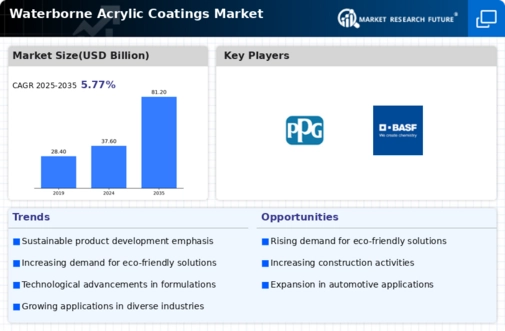
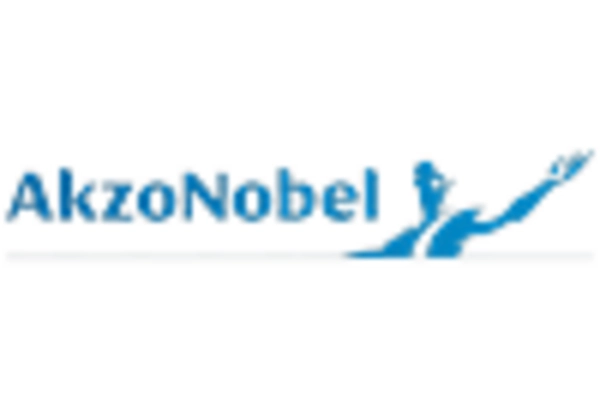

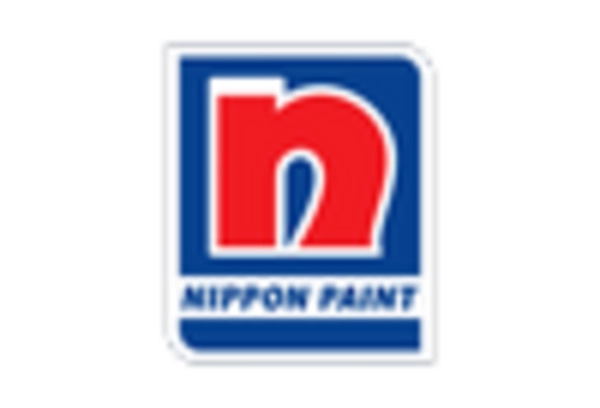
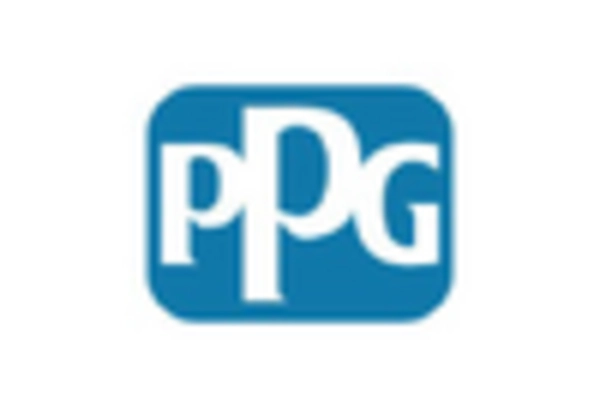
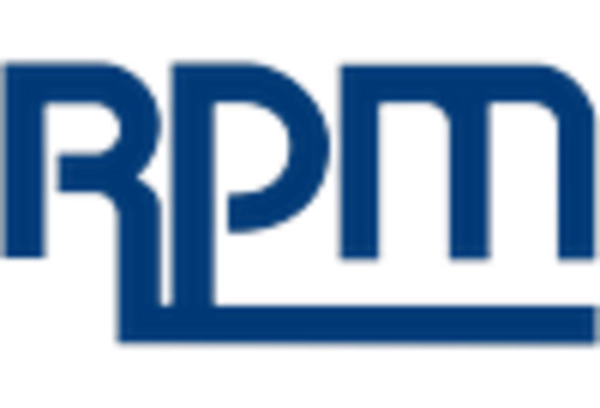
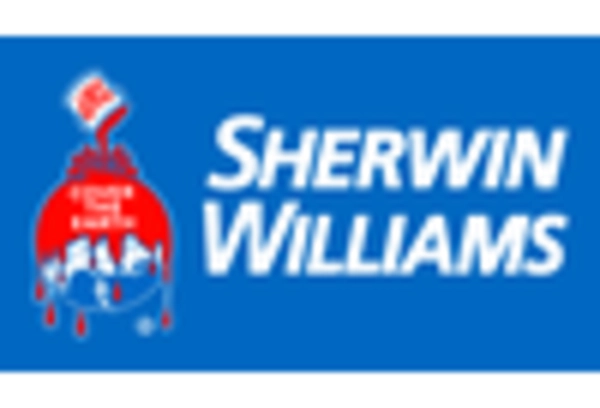









Leave a Comment